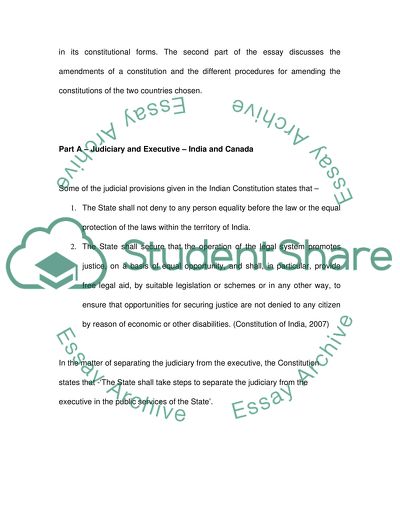Cite this document
(“Contrasting Codified Constitutions Case Study Example | Topics and Well Written Essays - 1500 words”, n.d.)
Contrasting Codified Constitutions Case Study Example | Topics and Well Written Essays - 1500 words. Retrieved from https://studentshare.org/law/1521932-contrasting-codified-constitutions
Contrasting Codified Constitutions Case Study Example | Topics and Well Written Essays - 1500 words. Retrieved from https://studentshare.org/law/1521932-contrasting-codified-constitutions
(Contrasting Codified Constitutions Case Study Example | Topics and Well Written Essays - 1500 Words)
Contrasting Codified Constitutions Case Study Example | Topics and Well Written Essays - 1500 Words. https://studentshare.org/law/1521932-contrasting-codified-constitutions.
Contrasting Codified Constitutions Case Study Example | Topics and Well Written Essays - 1500 Words. https://studentshare.org/law/1521932-contrasting-codified-constitutions.
“Contrasting Codified Constitutions Case Study Example | Topics and Well Written Essays - 1500 Words”, n.d. https://studentshare.org/law/1521932-contrasting-codified-constitutions.


